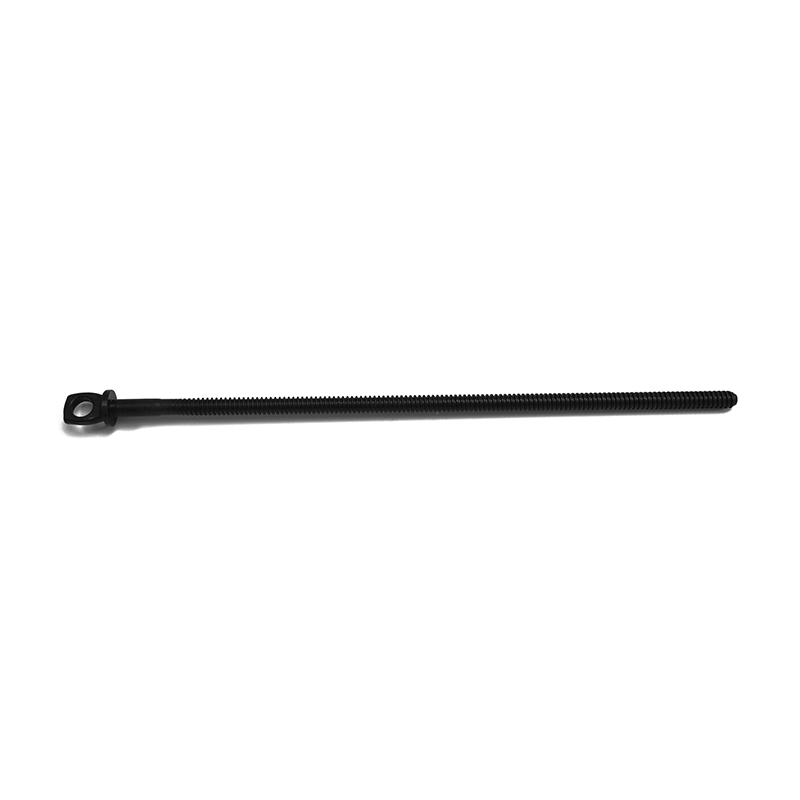TR thread screws integrate very well into automated assembly processes, offering several key advantages that make them suitable for high-speed and high-precision manufacturing environments. Here’s how TR thread screws perform in automated systems:
1. Consistency and Precision
Thread Uniformity: The thread rolling process produces highly uniform and precise threads, which ensures consistent performance in automated systems. This uniformity allows robotic systems or automated machines to drive screws with high accuracy, minimizing the risk of misalignment or damage during assembly.
Reduced Variability: Because the threads are rolled rather than cut, there’s less risk of variations in thread geometry, ensuring that each screw fits perfectly every time. This consistency is crucial for automated systems that rely on precision.
2. Reduced Risk of Thread Damage
Stronger Threads: TR thread screws have smooth, continuous threads that are less likely to suffer from thread deformation, which can be a common issue with cut threads in automated machines. This means automated systems can apply higher torque without risk of damaging the screw threads, which is especially important when screws need to be driven into hard or thick materials.
Less Friction and Wear: The smoothness of the rolled threads results in less friction during installation. This leads to less wear on both the screws and the automated machinery, reducing maintenance costs and downtime.
3. Higher Driving Speeds
Improved Torque Transfer: Due to the superior material strength and thread geometry, TR thread screws can be driven at higher speeds without compromising installation quality. This is beneficial for assembly lines that need to maintain fast production rates.
Faster Feeding: The uniformity of TR threads makes it easier for automated systems (such as screw feeders and drivers) to handle the screws efficiently. The screws are less likely to jam or misfeed compared to other types of screws with irregular or sharp-edged threads.
4. Automation-Friendly Features
Standardized Sizes: TR thread screws are available in standardized sizes and configurations, making it easier to integrate them into automated systems. Consistent screw dimensions ensure that robots and automated feeding systems can handle them efficiently.
Minimal Rework: Because the rolling process improves thread quality and reduces defects like burrs or sharp edges, TR thread screws generally require less rework or manual inspection during assembly. This enhances the overall speed and reliability of automated assembly processes.
5. Integration with Fastening Equipment
Compatibility with Automated Drivers: TR thread screws are compatible with a wide variety of automated screw-driving equipment, including electric screwdrivers, robotic arms, and fully automated fastening systems. These tools can apply the required torque consistently, improving the overall efficiency of the process.
Ease of Handling: Automated systems can easily handle the screws due to their smooth and robust design. The absence of sharp edges or inconsistent threads makes it easier for robots or machines to pick up, place, and tighten the screws.

6. Reduced Screw Feed Issues
No Thread Flaking: Because the threads are rolled and not cut, TR thread screws are less likely to experience flaking or chipping, which can cause feeding issues in automated systems. This reduces the risk of screw jams and misalignments in the machinery.
7. Energy Efficiency
Lower Torque Requirements: TR thread screws require less torque to install compared to cut thread screws, which means less energy is consumed during the automated fastening process. This is especially important in high-volume manufacturing settings where energy savings can significantly reduce operational costs.
8. Long-Term Reliability in Automation
Durability Under Repeated Use: Due to their higher strength and fatigue resistance, TR thread screws hold up well in automated systems that require high repeatability. These screws perform well over extended periods, which is essential in continuous or high-volume production environments.


 English
English 中文简体
中文简体 Español
Español русский
русский عربى
عربى







